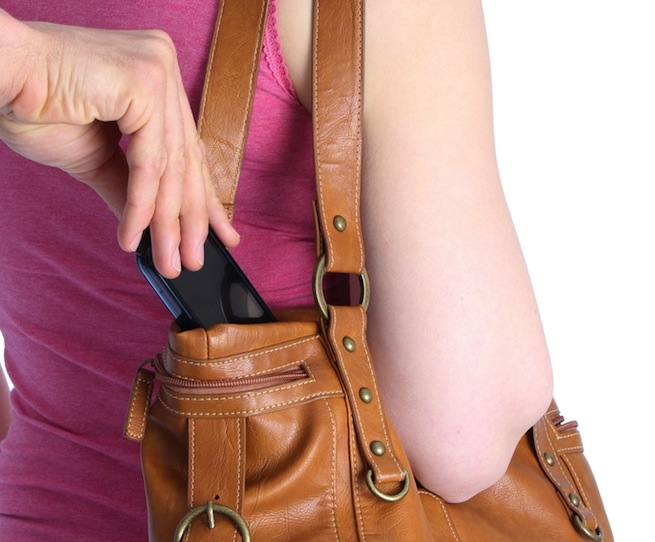Apple has released an iOS security guide to help those IT professionals who may not be in Apple’s developer community but still need to wrangle in the iPhones and iPads that employees bring to work.
[aditude-amp id="flyingcarpet" targeting='{"env":"staging","page_type":"article","post_id":466551,"post_type":"story","post_chan":"none","tags":null,"ai":false,"category":"none","all_categories":"mobile,security,","session":"A"}']It’s widely known now that the “bring your own device” or BYOD trend gives IT professionals the heebie-geebies because protecting proprietary data in these devices is very difficult. Smart devices like Blackberries have been widely used throughout corporate networks, but Android and iOS smartphones allow employees to use their own devices, and sometimes more productively. Watching the activity on devices is touchy, given that the company doesn’t actually own the device, just the data on it. Apple’s guidelines are an attempt to give IT professionals some peace of mind when letting employees use iOS devices; they also put an emphasis on the fact that Apple has built-in security functions.
“Many security features are enabled by default, so IT departments don’t need to perform extensive configurations,” says Apple in the guidelines. “And some key features, like device encryption, are not configurable, so users cannot disable them by mistake.”
AI Weekly
The must-read newsletter for AI and Big Data industry written by Khari Johnson, Kyle Wiggers, and Seth Colaner.
Included with VentureBeat Insider and VentureBeat VIP memberships.
Though the sentiment that iOS comes pre-packed with security functions is nice, it may not quell the IT department’s fears so easily, as BYOD continues to be a great topic of discussion in Silicon Valley.
The guidelines are 20 pages long and are split up into three sections: System Architecture, Encryption and Data Protections, and Network Security and Device Access. A lot of the information touches on one of the biggest IT department features: what to do when the device is lost or stolen. These sections shed light on the foundation of the iOS software and the hardware inside iPhone and iPads, the different layers of security if the phone gets lost, how to wipe the phone remotely, and more.
via Macgasm; Stealing phone image via Shutterstock
VentureBeat's mission is to be a digital town square for technical decision-makers to gain knowledge about transformative enterprise technology and transact. Learn More

